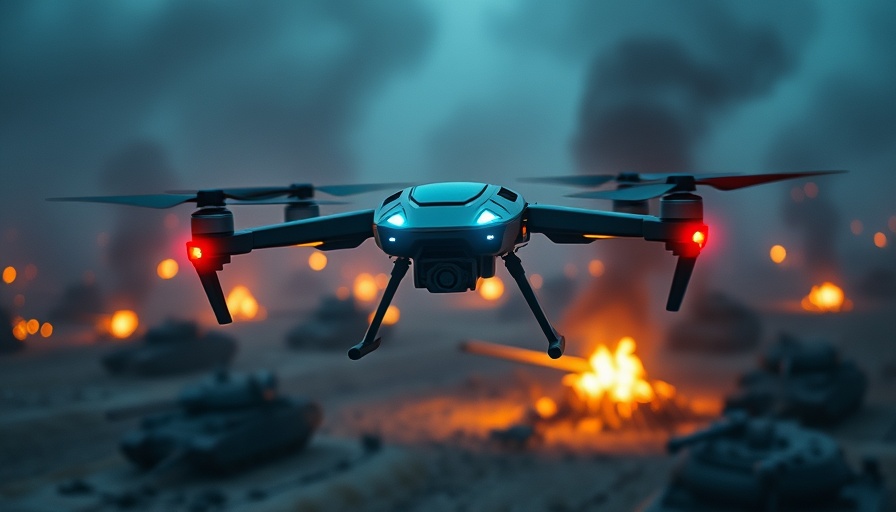
The Next Frontier in Drone Technology
In the ever-evolving landscape of robotics and artificial intelligence, a groundbreaking system has taken flight—a bat-inspired echolocation technology empowered by sophisticated AI. This revolutionary development, backed by the U.S. Army and conducted at the University of Michigan, signals a potential paradigm shift in how machines navigate and recognize surroundings in low-visibility environments.
How Echolocation Works in Nature
Historically, echolocation has been a fascinating aspect of biology, especially noted in bats and dolphins. These remarkable creatures emit high-frequency sounds that bounce off objects, allowing them to construct detailed mental maps of their environment. Researchers have long sought to replicate this natural ability in machines. Traditional sensors have fallen short, struggling with the complexity of real-world acoustic environments. However, this new system emerges as a beacon of hope for industries reliant on precision navigation and object classification.
Innovative Photon-Echo Technology
At the core of this advancement is a synthetic echolocation system that utilizes neural networks to classify objects based not on traditional sensor inputs but rather on simulated ultrasound echoes. This method is akin to how a bat distinguishes between different types of prey based on the subtle differences in the echoes returned to them. The research team crafted an extensive set of virtual environments to generate realistic echo data, circumventing the predicaments that come with gathering real-world training data, which can often be expensive and difficult to obtain.
Transforming Military and Commercial Applications
As drone technology matures, the implications for military and commercial aircraft are enormous. The ability to 'see' in complete darkness, through smoke, or amidst clutter gives drones an edge in reconnaissance, search and rescue, and even disaster response. These autonomous vehicles equipped with ultrasonic sight can maneuver in circumstances where traditional optics, LIDAR, and radar fall short. The study published in the Journal of Sound and Vibration not only highlights these capabilities but also serves as a testament to innovations in the fields of AI and robotics.
Promising Accuracy and Adaptability
Results from the research have indicated that the AI can distinguish various shapes with high accuracy, showcasing resilience to the challenges of variable distances, object orientations, and minor manufacturing flaws. For instance, the technology effectively differentiates between spheres and cylinders, which produce remarkably similar acoustic signatures, demonstrating an advanced level of perceptual acuity rarely achieved in artificial systems.
The Future of Autonomous Navigation
As industries seek efficient solutions for navigating complicated terrains, the incorporation of echolocation-like systems in drones is poised to redefine how we approach visibility challenges. This technology not only enhances current drone capabilities but could influence future innovations across sectors, from policing to wildlife conservation. The ability to operate seamlessly in harsh conditions opens a new frontier of possibilities for drones and autonomous vehicles alike.
 Add Row
Add Row  Add
Add 




Write A Comment